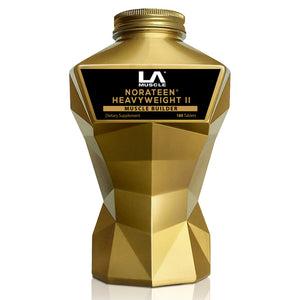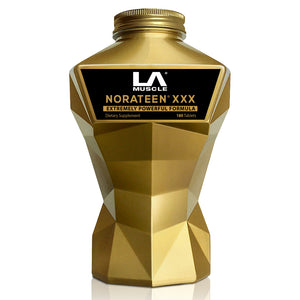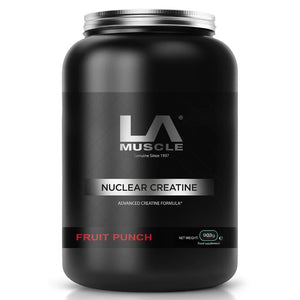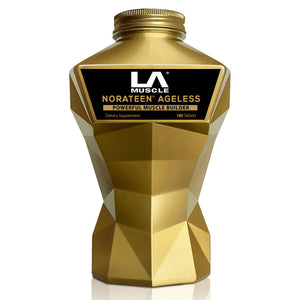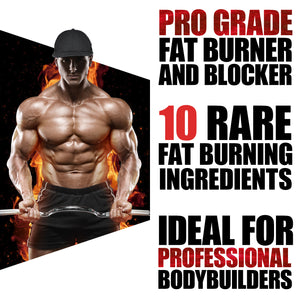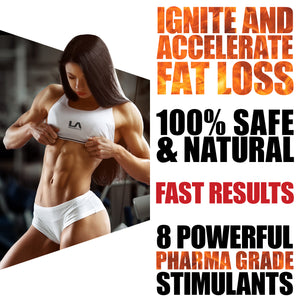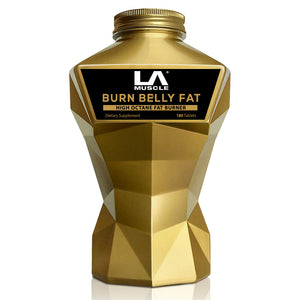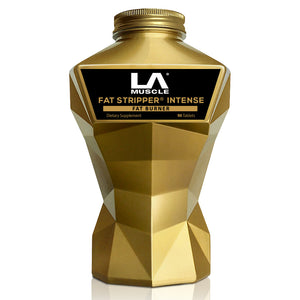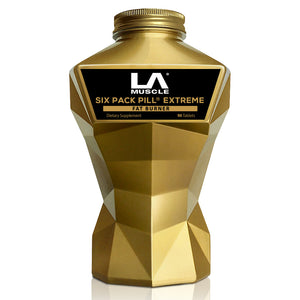
When it comes to fitness and body image, every generation has had its own unique fixation. From broad shoulders to impossibly tiny waists, society’s beauty ideals have evolved over time, shaped by pop culture, celebrity icons, and shifting values. Let’s take a trip down memory lane and explore what each generation has obsessed over when it comes to their bodies.
The Silent Generation (1928-1945): The Lean and Trim Look
Emerging from the hardships of the Great Depression and World War II, the Silent Generation valued practicality and discipline—traits that extended to their physique. For men, the goal was to be lean and athletic, inspired by Hollywood stars like Gregory Peck and Cary Grant. Muscularity was not the focus; instead, the emphasis was on looking fit and "gentlemanly," a body that could wear a suit impeccably.
The Baby Boomers (1946-1964): The Schwarzenegger Chest
The 1970s and 80s saw the rise of bodybuilding as a mainstream activity, thanks to icons like Arnold Schwarzenegger. Baby Boomers embraced the idea of the "perfect chest" and bulging biceps, a trend fueled by Schwarzenegger’s Mr. Olympia wins and films like Pumping Iron. Gyms became social hubs, and the focus was on achieving the ultimate V-taper: broad shoulders, a massive chest, and a slim waist.
Generation X (1965-1980): The Fight Club Physique
In the 1990s, Generation X flipped the script with a more streamlined ideal. Gone were the days of oversized muscle-bound physiques. Brad Pitt in Fight Club became the poster child for Gen X’s fitness obsession: a lean, sinewy frame with chiseled abs. This aesthetic aligned with the rise of grunge culture and a more minimalist approach to fitness—you didn’t need to look like a bodybuilder; you just needed to look like you could hold your own in a street fight.
Millennials (1981-1996): Instagram Gains
Millennials were the first generation to come of age in the social media era, and their body obsession reflected that. Thanks to Instagram, fitness influencers, and the rise of athleisure, the focus shifted to "functional fitness" and aesthetics. The ideal Millennial body was a balanced mix of muscle and athleticism: defined abs, toned arms, and a "peach" worthy of endless squat selfies. CrossFit, yoga, and boutique fitness studios dominated the scene, with the mantra "strong is the new skinny" leading the way.
Generation Z (1997-2012): Natural, But Make It Perfect
Gen Z’s body obsession is influenced by TikTok trends, body positivity, and a growing awareness of mental health. While this generation values "authenticity," there’s an undeniable pressure to look effortlessly perfect. Lean, toned bodies with a focus on natural proportions are the gold standard, with "pilates princess" aesthetics and "skinny strong" trends making waves. Thanks to social media, this ideal is highly curated but packaged as “relatable.” Think long limbs, a toned core, and dewy skin—like you just rolled out of bed looking flawless.
Alpha Generation (2013-Present): The Future Is Yet to Flex
While it’s too early to fully define the Alpha Generation’s body obsession, early indicators suggest that this group will likely value inclusivity and tech-driven fitness. With wearables, AI-driven workouts, and virtual reality, fitness might become more personalized than ever. One thing’s for sure: the future of body ideals will be influenced by how this generation navigates a digitally immersive world.
Body image and fitness ideals have always been a mirror of the times. From the chiseled torsos of Baby Boomers to Gen Z’s filtered "natural" look, each generation’s obsession reflects its culture, technology, and heroes. What’s next? Only time will tell, but one thing is clear: the quest for the "perfect body" is as much about identity as it is about aesthetics.



